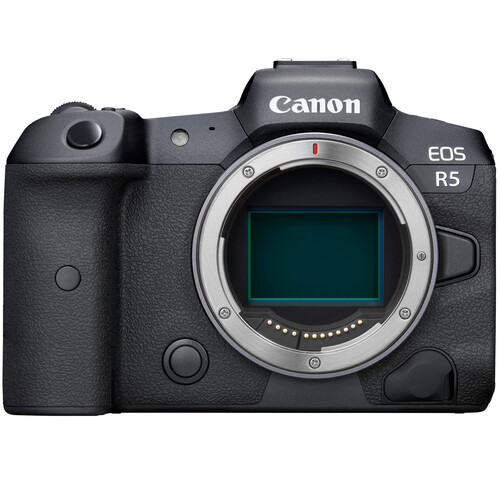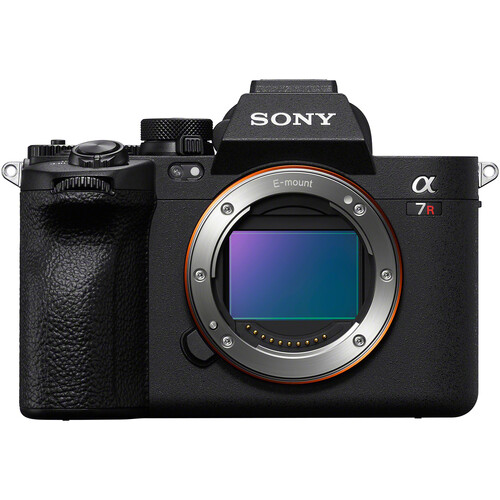Surprisingly, the Fujifilm X-H2 performs very well compared to all but the latest full frame cameras. When balanced with the advantages of the APS-C sensor discussed earlier, the Fujifilm has the advantage, even over the best full frame cameras, in architectural photography.
Image Quality
Once again, using the studio shot comparison tool at DP Review, I will compare these four cameras. As expected, the Fujifilm X-H2 can’t quite keep up with the latest full frame cameras with regard to fine detail. My point here, however, is that it is pretty darned close. The close-ups of the text are zoomed in on the tiny square above the center grey square. As stated before, clients won’t be pixel-peeping the way we are looking at these images here.
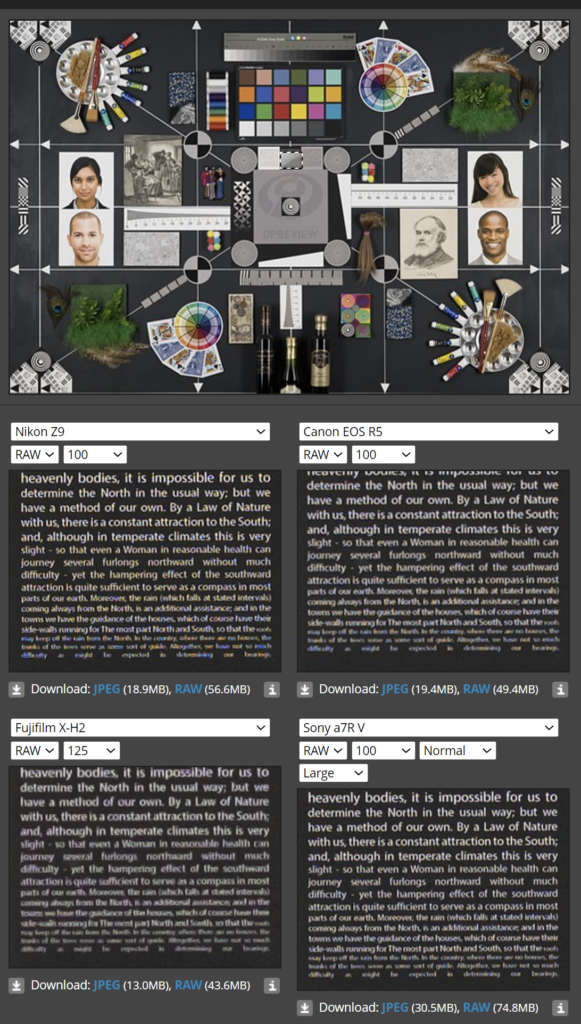
However, what’s surprising is that the X-H2 is much better than the previous versions of each of these cameras. Bear in mind that these cameras, from just a few years ago, were the cream of the crop, and produced high-end glossy publication quality images. I maintain that this image quality is more than adequate for architectural images created today for use on web sites.
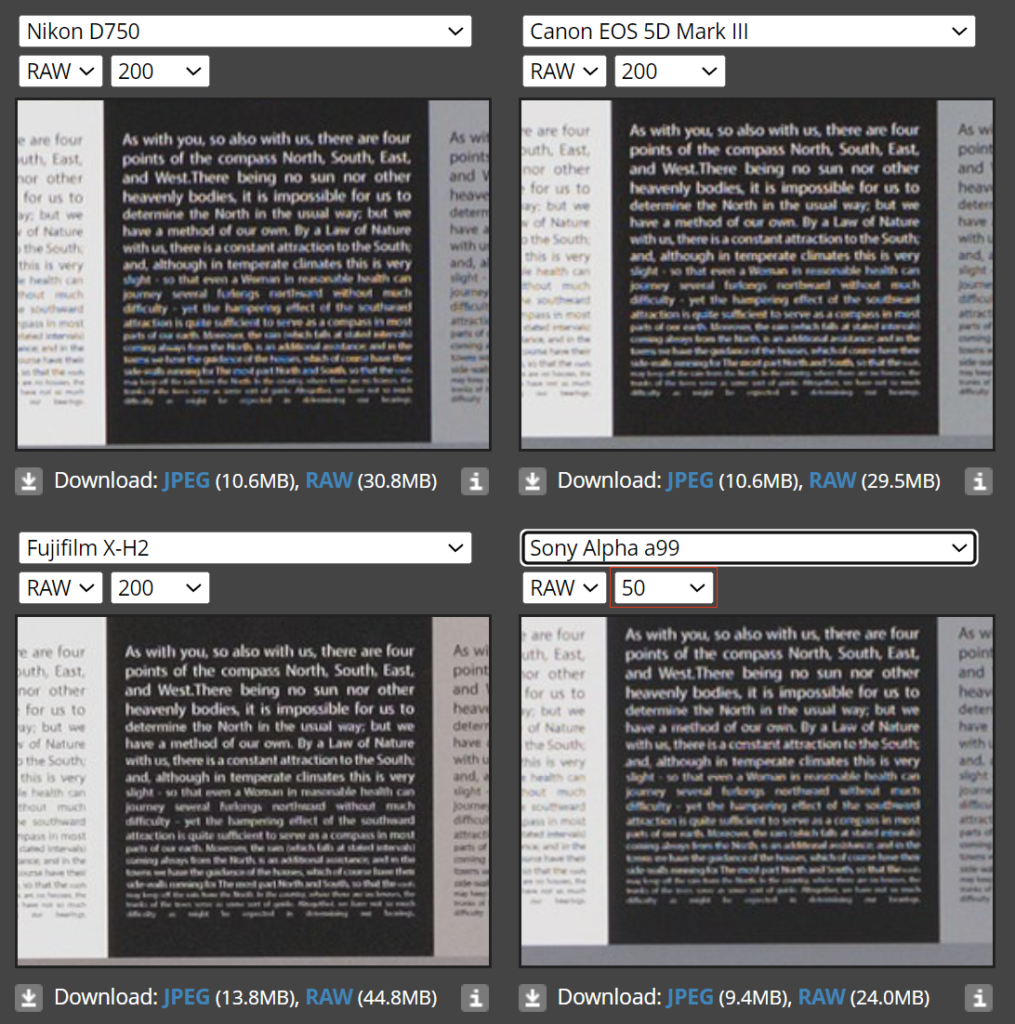
I am showing results here for all cameras at ISO 200. At higher ISO, the advantage goes to the full frame sensors. However, for architectural work, high ISO isn’t important because I can always lengthen my shutter speed to compensate. In fact, a long shutter speed is often preferred to provide headlight or taillight trails, or to blur people and other undesired moving distractions.
Moiré on Full Frame Sensors
While the full frame sensors slightly out perform the X-H2 in sharpness, the X-H2 blows the full frame cameras out of the water with regard to moiré. The Nikon Z9 Canon R5, and Sony A7R V apparently provides little to no anti-aliasing filter, resulting in superior detail, but horrible, and unacceptable moiré. The Fujifilm X-Trans sensors don’t need an anti-aliasing filter and retain ultimate sharpness.
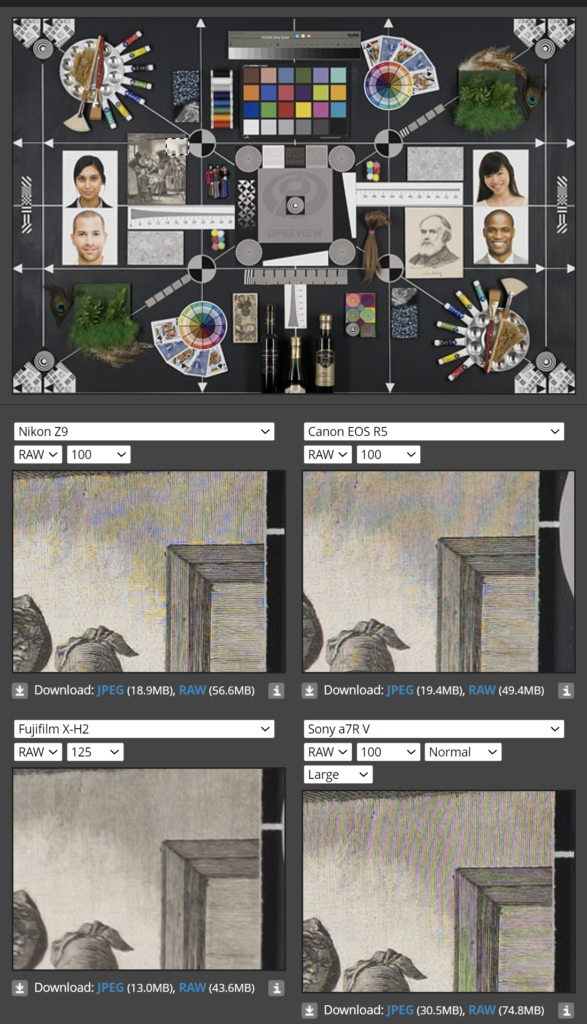
When these photos are processed in camera to reduce the moiré and produce JPGs, the final image quality of the X-H2 exceeds that of the full frame sensors by a wide margin.
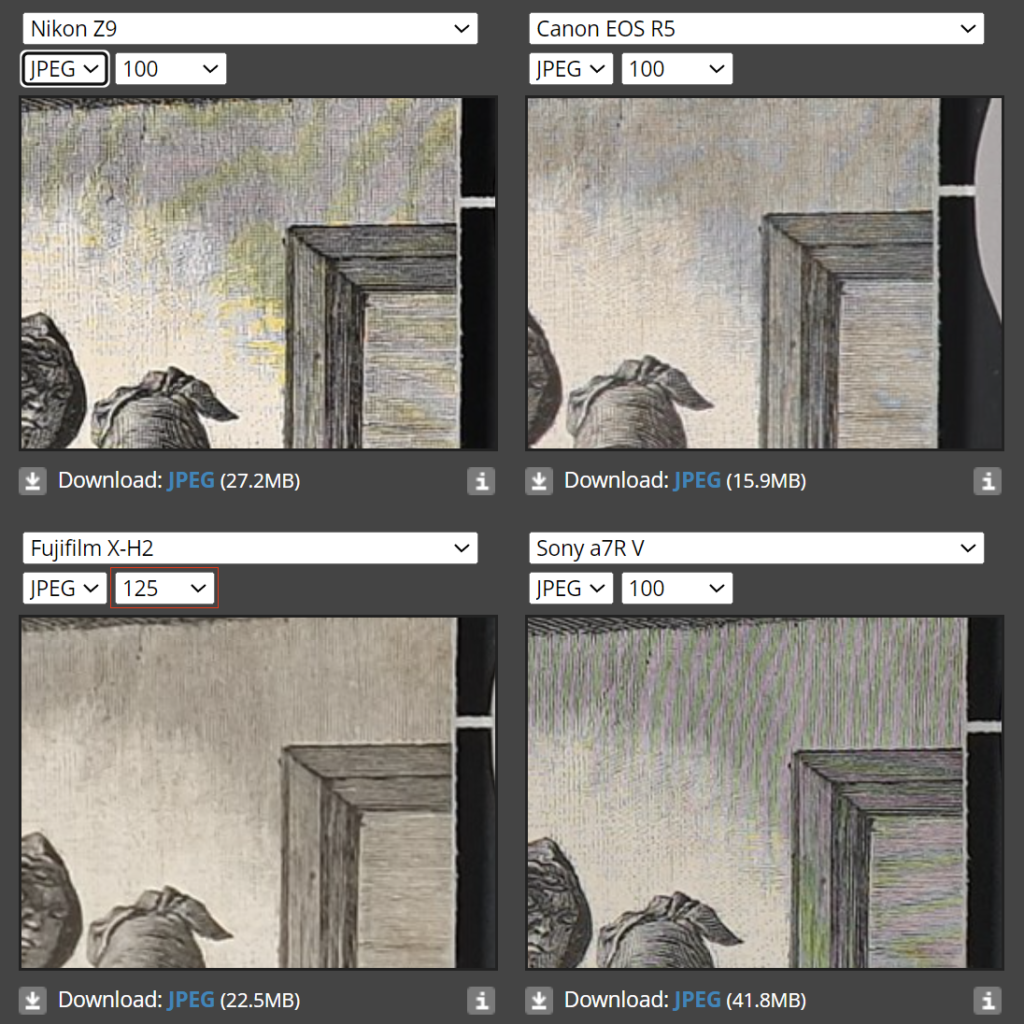
In these JPEG samples, the Fujifilm X-H2 is the clear winner over expensive Full Frame cameras.
Full Frame Summary
I think it’s clear here that the full frame cameras slightly out perform the X-H2 in sharpness. However, the strengths of the X-H2 in controlling the mohttp://blog.joer.photos/?page_id=151iré out-weigh the slight advantage that the full frame sensors have in sharpness.
When coupled with the poor performance of the ultra-wide lenses on full frame sensors, the X-H2 comes out as the clear winner. When it comes to architecture, it is much more important to put your money in to great lenses than into a large sensor.


